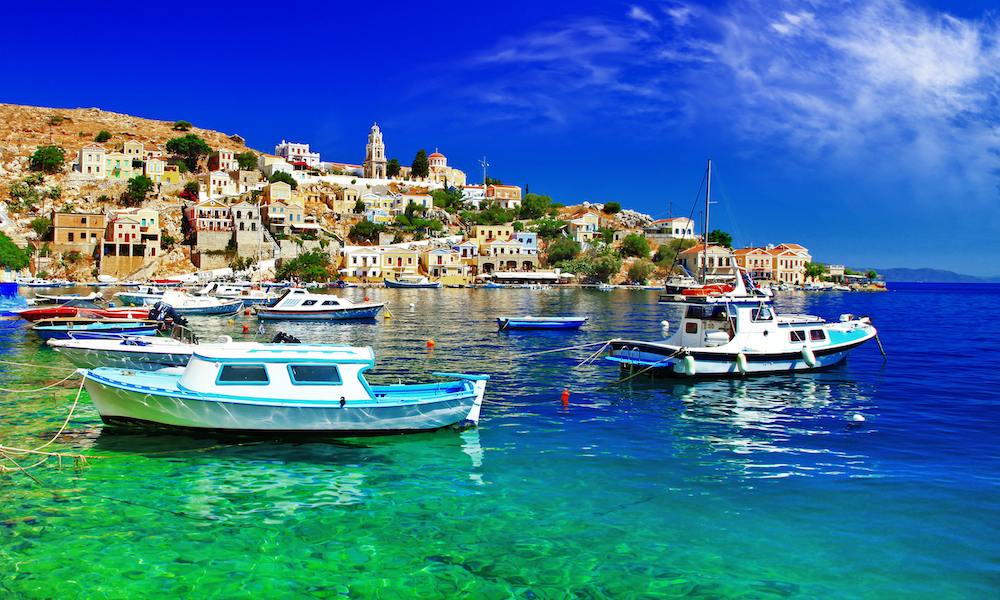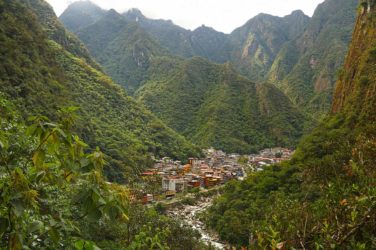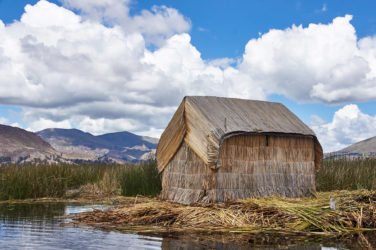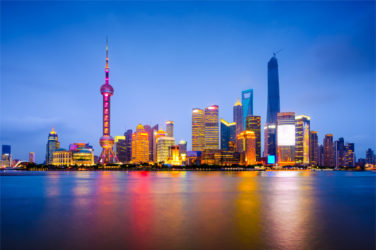Azure seas and sun-kissed beaches; whitewashed villages and striking blue-domed churches… the Greek Islands are so beautiful you’d think they were a gift from the Gods themselves.
However, there’s a lot more to this serene island paradise than these icons alone.
1. There are a lot more islands than you may think
Mykonos and Santorini are household names, yet there are actually 6,000 Greek islands and islets in total. Only around 230 of them are inhabited!

2. Seafood is the main source of food
If you take a look at a map of Greece you will see why fish is such an important part of the Greek diet. For such a small country there is a lot of coastline which is why they have such a strong history with seafood. From sardeles (sardines), gavros (anchovies), to kolios (mackerel) and their own type of lobster (astakos) the mighty Aegean sea is home to some of the most incredible seafood in the world.

3. There are two pink sand beaches in Greece – and both are found on Crete!
Blush pink beaches are rare. They’re created by the broken shells of a unique microorganism, which have washed up on a beached and mixed with sand to create a pinkish hue. Only a handful of the beauties exist.

4. Everyone gets lost in Mykonos – but there’s a good reason
Feel like you wandered up and down the same street a dozen times when you visited Mykonos? You probably did – and it’s intentional. The streets of Chora, better known as Mykonos Town, were designed in a maze-like fashion to confuse invading pirates, as well as provide a little respite from the strong northern winds that buffer the island during the summer months.

5. Tuesday the 13th
While Friday the 13th is the day most of the world gets a little bit nervous, Greeks believe Tuesday the 13th to be a day of sheer bad luck. This is because it spoils the notion of the 12 gods of Olympus, 12 months, 12 hours of the day and 12 of the night, 12 labours of Hercules, and 12 zodiac signs.
6. Blue doors keep away evil spirits
Ever wondered why so many of Greece’s islands are awash with beautiful blue and white houses? According to ancient beliefs, this particular shade of blue keeps evil away. The locals call the colour kyanos, which is where we derived the words ‘cyan’ and ‘cyanide’.

7. Santorini is an active volcano
The island of Santorini actually remains an active volcano to this day (though in a dormant state). Scientists have found evidence of at least 12 large eruptions in the last 200,000 years, with the last one shaking its shores in 1950.

8. The Greek Islands are bathed in sunshine almost 300 days a year
It’s easy to understand why the locals are always smiling. With sunshine 85% of the year, pristine beaches, mouth-watering cuisine and a laid-back Mediterranean mentality, it’s hard not to live the good life. No wonder it’s one of Europe’s favourite holiday destinations!

9. The olive trees on Crete are old… Really, really old.
The Koroneiki olive trees variety found on the island of Crete are estimated to be 3000 years old. The cultivation methods used to create the olive oil date back to 4000 B.C.

10. The oldest toy in the world is Greek!
Yoyo’s were invented in Greece. Yes, this simple toy was invented in roughly 500BC. Made from terracotta, the toys were given to children ceremoniously when they came of age.

Check out where TripADeal travels to in the Greek Islands here.




